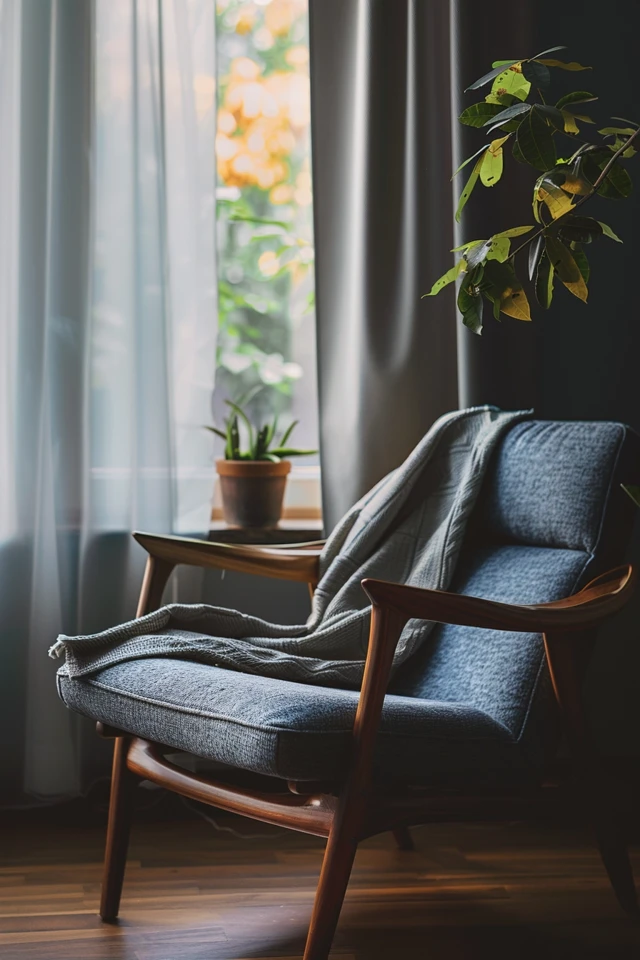If you have painted your walls a light gray but they are coming out looking more like a baby blue, there are several ways to make the gray look less blue. One suggestion is to consider the lighting in the room, as different types of light can affect the appearance of color.
Another option is to choose a gray paint with a different undertone, such as green or violet, to neutralize the blue tones. Additionally, carefully selecting accessories and decor in complementary colors can help balance out the blue and create a more cohesive look.
Key Takeaways:
- Consider the lighting in the room when trying to make gray look less blue.
- Choose a gray paint with a different undertone, such as green or violet, to neutralize the blue tones.
- Select accessories and decor in complementary colors to balance out the blue hues.
- Testing the paint color under different lighting conditions can help determine how it will appear throughout the day and night.
- Enhance gray tones by using accessories and accents in warm neutrals or cool blues.

Why Does Gray Turn Blue and How to Fix It?
Gray walls can sometimes appear more blue due to various factors. One reason is the choice of paint color, as certain shades of gray may have inherent blue undertones. When selecting a gray paint, it’s essential to consider the undertones to ensure they align with the desired color outcome. If you want to achieve a warmer gray, opt for shades with green or brown undertones. On the other hand, if you prefer a cooler gray, choose shades with violet or blue undertones.
Another factor to consider is the lighting in the room. Different types of light can alter the appearance of color, causing gray walls to lean more towards blue. Natural light and artificial light sources with warm tones can help neutralize the blue hues, while cool-toned lighting may enhance the bluish undertones. It’s important to assess the lighting throughout the day to see how it impacts the gray color.
To fix the issue of gray walls appearing blue, you can try various approaches:
- Select a gray paint with a different undertone: By choosing a paint color with undertones that counteract the blue hues, you can achieve a more balanced and neutral gray. Experiment with different shades and undertones to find the perfect match for your desired gray color.
- Adjust the lighting: Consider using warm-toned lighting fixtures or adding lamps with soft white or warm white bulbs to create a more inviting and balanced atmosphere. Neutralizing the blue undertones can enhance the true gray color.
- Complement with other elements in the room: Carefully select furniture, decor, and accessories that complement the desired gray hue. Introducing colors with warm undertones, such as beige, taupe, or cream, can help balance out the blue hues and create a harmonious space.
By understanding the factors that contribute to gray walls appearing blue, you can take proactive measures to correct and achieve the desired gray color balance in your space. Remember to consider both the paint color and lighting, as well as the overall aesthetic of the room when making adjustments.
“The choice of paint color and lighting play significant roles in how gray walls appear. By selecting a gray paint with the right undertone and ensuring appropriate lighting, you can fix the issue of gray turning blue and achieve the perfect gray color balance.”

Tips for Achieving the Perfect Gray
When it comes to achieving the perfect gray color for your space, there are a few tips that can help you enhance the gray tones, fix any color issues, and create a harmonious look.
First and foremost, it’s crucial to test the paint color in the room under different lighting conditions. Natural light and artificial lighting can both significantly impact how gray appears. By observing the color throughout the day and night, you can ensure that it maintains the desired hue.
Next, consider the undertones of the gray paint you’re using and how they will interact with the other elements in the room, such as furniture and decor. Gray can have warm or cool undertones, so it’s important to choose complementary colors that will enhance the gray tones. Consider using accessories and accents in warm neutrals or cool blues to create a balanced and cohesive look.
Lastly, achieving a harmonious gray color requires careful selection and balance. Pay attention to the other colors present in the room and ensure that they work together to create a cohesive color palette. By integrating complementary hues and balancing the intensity of colors, you can achieve a visually pleasing and well-harmonized space.


